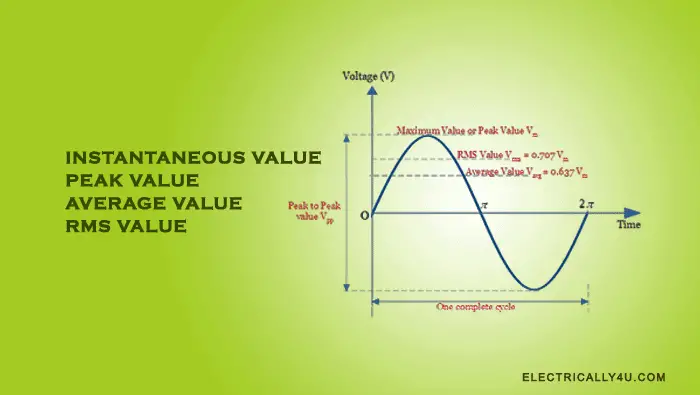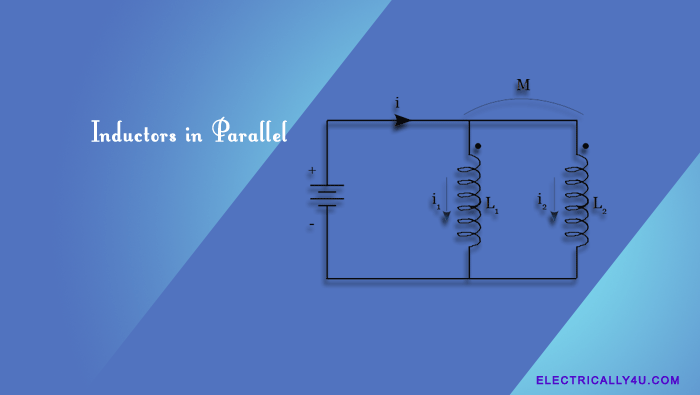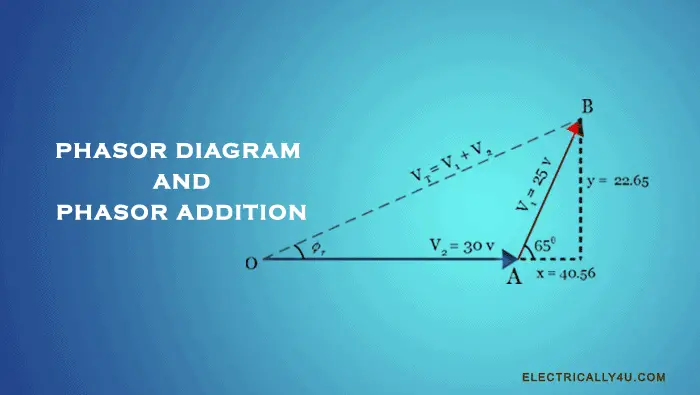Mesh Analysis

Mesh analysis is a method of solving a complex circuit by using Kirchoff’s Voltage Law(KVL). Generally, a simple electric circuit has very few components and solving it is very easy.
But when go for complex circuits, finding the solution also becomes complex. Such complex circuits can be solved by using either Mesh Analysis or Nodal Analysis.
In these two analyses, Kirchoff’s Voltage Law(KVL) and Kirchoff’s Current Law(KCL) are used in deriving equations, which are solved to obtain the respective current and voltages. In this section, let us discuss Mesh current method.
Steps to solve mesh analysis method
Consider a simple circuit as shown in the below figure.

- Make sure that the circuit considered for analysis has only voltage sources. If there is any current source in the circuit, use the source transformation method and convert it into a voltage source.
- Label the nodes with either numbers or alphabets.
- Assign the mesh currents in each loop, such that all the current directions are in a clockwise direction.

- Along the assumed direction of the current, mark the polarities of a voltage drop across each element. While doing, assign the correct polarity of the voltage source.

- For each loop, write the current equation by applying KVL to each loop.
- If two currents are flowing in the same branch, it is called a shared branch. In this circuit, mesh currents I1 and I2 are flowing through R3(Branch ‘be‘).
- Now, just look at the circuit. For loop1[abea], the current direction is assumed to be from ‘b to e‘, the current will be I1 – I2. But for loop2[bcdeb], the current direction is assumed to be from ‘e to b‘, so the current will be I2 – I1.
For the above circuit, apply KVL to loop1 and loop2 to get two equations
![]()
![]()
- The above two equations are solved by using Cramer’s rule, to obtain the solutions.
- If the obtained solution is negative, then the actual direction of the current is opposite to that of the assumed direction.
Solved Problem 1
Determine the mesh currents in the circuit shown below.

The given circuit is redrawn by assigning the current and its direction in each loop and the nodes are labelled.

Along the direction of the current, the polarities of voltage drop are marked for each element. The circuit is redrawn with polarities as drawn below.

Now, from the above circuit diagram, we can observe that, there are three loops(Loop1: abga, Loop2: bcfgb, Loop3: cdefc). Each loop carries a current I1, I2 and I3 respectively.
Apply KVL to loop1[abga], we get,
![]()
![]()
Apply KVL to loop2[bcfgb],
![]()
![]()
Apply KVL to loop3[cdefc],
![]()
![]()
The above three equations are written in matrix form, as shown below,
![Rendered by QuickLaTeX.com \[ \begin{bmatrix} 5 & -4 & 0 \\ -4 & 9 & -2 \\ 0 & -2 & 4 \end{bmatrix} \begin{bmatrix} I_1 \\ I_2 \\ I_3 \end{bmatrix} = \begin{bmatrix} 10 \\ 0 \\ -20 \end{bmatrix} \]](https://electrically4u.com/wp-content/ql-cache/quicklatex.com-1d64b70b1489bf4bc3044de1725c77cb_l3.png)
Applying Cramer’s rule, we get
![Rendered by QuickLaTeX.com \[ \Delta = \begin{vmatrix} 5 & -4 & 0 \\ -4 & 9 & -2 \\ 0 & -2 & 4 \end{vmatrix} = 5(36-4) + 4(-16+0) + 0(8-0) = 160 - 64 + 0 = 96 \]](https://electrically4u.com/wp-content/ql-cache/quicklatex.com-e836674451bae855840cb04c9f3a38aa_l3.png)
![Rendered by QuickLaTeX.com \[ \Delta_1 = \begin{vmatrix} 10 & -4 & 0 \\ 0 & 9 & -2 \\ -20 & -2 & 4 \end{vmatrix} = 10(36-4) + 4(0-40) + 0(0+180) = 320 - 160 + 0 = 160 \]](https://electrically4u.com/wp-content/ql-cache/quicklatex.com-ad2bbfe2f8260884b193fb7e2844bbda_l3.png)
![Rendered by QuickLaTeX.com \[ \Delta_2 = \begin{vmatrix} 5 & 10 & 0 \\ -4 & 0 & -2 \\ 0 & -20 & 4 \end{vmatrix} = 5(0-40) - 10(-16-0) + 0(80-0) = -200 + 160 + 0 = -40 \]](https://electrically4u.com/wp-content/ql-cache/quicklatex.com-57c3342ff5ebdb7cb422b4fa601842d3_l3.png)
![Rendered by QuickLaTeX.com \[ \Delta_3 = \begin{vmatrix} 5 & -4 & 10 \\ -4 & 9 & 0 \\ 0 & -2 & -20 \end{vmatrix} = 5(-180+0) + 4(80-0) + 10(8-0) = -900 + 320 + 80 = -500 \]](https://electrically4u.com/wp-content/ql-cache/quicklatex.com-e80f4fa44cd10d7fbbe6b8c48c8f6dbb_l3.png)
Now, the value of current in each loop is determined
![]()
![]()
![]()
The loop currents I2 and I3 have negative values, which means the actual current direction is opposite to the assumed direction.
Current through the branch ‘bg’ is I1 – I2 = 1.664 + 0.416 = 2.08 A
Current through the branch ‘cf’ is I2 – I3 = -0.416 + 5.21 = 4.794 A
Solved Problem 2
For the circuit shown below, determine the mesh currents and branch currents using mesh analysis.

For the given circuit, let us label the nodes and assign the mesh currents. The circuit is redrawn as shown below. The polarities are also marked across each element in the circuit.

In this circuit, you can observe that, there are three loops and each loop carries current I1, I2 and I3. To determine the current values, let us apply Kirchoff’s voltage Law to each loops.
Apply KVL to loop1[abgfa], we get,
![]()
![]()
Apply KVL to loop2[bcdgb],
![]()
![]()
Apply KVL to loop3[gdefg],
![]()
![]()
The above three equations are written in matrix form, as shown below,
![Rendered by QuickLaTeX.com \[ \begin{bmatrix} 4 & -2 & -2 \\ -2 & 7 & -4 \\ -2 & -4 & 7 \end{bmatrix} \begin{bmatrix} I_1 \\ I_2 \\ I_3 \end{bmatrix} = \begin{bmatrix} 1 \\ 0 \\ 5 \end{bmatrix} \]](https://electrically4u.com/wp-content/ql-cache/quicklatex.com-fc999baedd7082f69cb3c5347746d44d_l3.png)
Applying Cramer’s rule, we get
![Rendered by QuickLaTeX.com \[ \Delta = \begin{vmatrix} 4 & -2 & -2 \\ -2 & 7 & -4 \\ -2 & -4 & 7 \end{vmatrix} = 4(49-16) + 2(-14-8) - 2(8+14) = 132 - 44 - 44 = 44 \]](https://electrically4u.com/wp-content/ql-cache/quicklatex.com-f9d82f7a517ddf1764bdcfebb54f7443_l3.png)
![Rendered by QuickLaTeX.com \[ \Delta_1 = \begin{vmatrix} 1 & -2 & -2 \\ 0 & 7 & -4 \\ 5 & -4 & 7 \end{vmatrix} = 1(49-16) + 2(0+20) - 2(0-35) = 33 + 40 + 70 = 143 \]](https://electrically4u.com/wp-content/ql-cache/quicklatex.com-dc48f1f50f012158f55f742aedcfef48_l3.png)
![Rendered by QuickLaTeX.com \[ \Delta_2 = \begin{vmatrix} 4 & 1 & -2 \\ -2 & 0 & -4 \\ -2 & 5 & 7 \end{vmatrix} = 4(0+20) - 1(-14-8) - 2(-10+0) = 80 + 22 + 20 = 122 \]](https://electrically4u.com/wp-content/ql-cache/quicklatex.com-1175e08b902f2c55fbdb0977f7bdba50_l3.png)
![Rendered by QuickLaTeX.com \[ \Delta_3 = \begin{vmatrix} 4 & -2 & 1 \\ -2 & 7 & 0 \\ -2 & -4 & 5 \end{vmatrix} = 4(35-0) + 2(-10+0) + 1(8+14) = 140 - 20 + 22 = 142\]](https://electrically4u.com/wp-content/ql-cache/quicklatex.com-a9efb3ff200d800ec53006c029ce6fa9_l3.png)
Now, the value of current in each loop is determined as follows
![]()
![]()
![]()
The branch currents are determined as follows
In branch bg, Ibg = I1 – I2 = 3.25 – 2.77 = 0.48 A
In branch fg, Ifg = I3 – I1 = 3.23 – 3.25 = -0.02 A
In branch gd, Igd = I3 – I2 = 3.23 – 2.77 = 0.46 A






